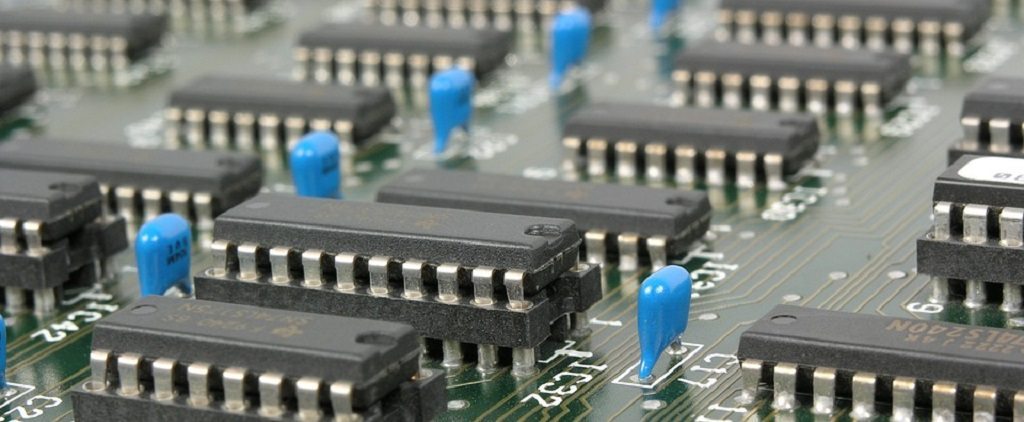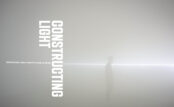[dropcap style=”font-size:100px; color:#992211;”]T[/dropcap]he highest frequencies on a well-mastered vinyl record are capable of reproducing soundwaves so high that they verge into the wavelength of infra-red light.
Which means that, innovative and revolutionary though it doubtless is, news of the digital storage of light waves as sound files recently released by the University of Sydney should be taken with the usual jaded yawn that accompanies most ‘discoveries’ in the digital age.
Researchers at the University of Sydney have dramatically slowed digital information carried as light waves by transferring the data into sound waves in an integrated circuit, or microchip.
It is the first time this has been achieved.
Transferring information from the optical to acoustic domain and back again inside a chip is critical for the development of photonic integrated circuits: microchips that use light instead of electrons to manage data.
These chips are being developed for use in telecommunications, optical fibre networks and cloud computing data centres where traditional electronic devices are susceptible to electromagnetic interference, produce too much heat or use too much energy.
“The information in our chip in acoustic form travels at a velocity five orders of magnitude slower than in the optical domain,” said Dr Birgit Stiller, research fellow at the University of Sydney and supervisor of the project.
“It is like the difference between thunder and lightning,” she said.
This delay allows for the data to be briefly stored and managed inside the chip for processing, retrieval and further transmission as light waves.
Light is an excellent carrier of information and is useful for taking data over long distances between continents through fibre-optic cables.
But this speed advantage can become a nuisance when information is being processed in computers and telecommunication systems.
To help solve these problems, lead authors Moritz Merklein and Dr Stiller, both from the ARC Centre of Excellence for Ultrahigh bandwidth Devices for Optical Systems (CUDOS) have now demonstrated a memory for digital information that coherently transfers between light and sound waves on a photonic microchip.
The chip was fabricated at the Australian National University’s Laser Physics Centre, also part of the CUDOS Centre of Excellence.
Source: Eurekalert/University of Sydney
Image: Pixabay/Magnascan

Some of the news that we find inspiring, diverting, wrong or so very right.





















